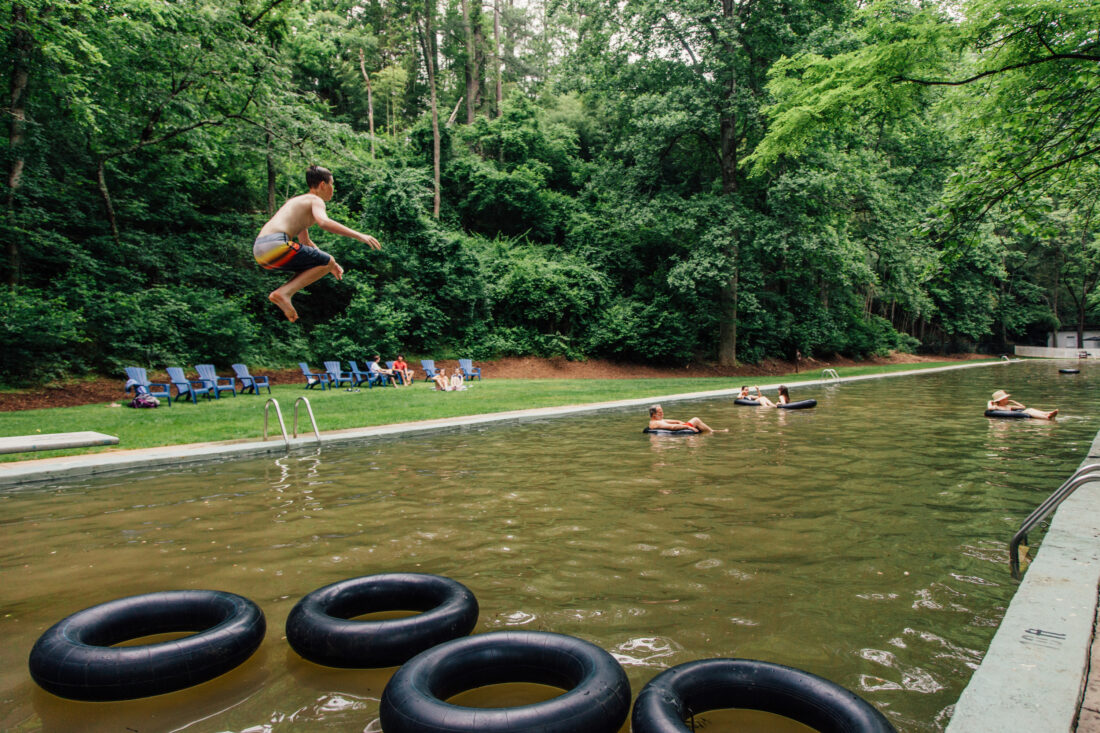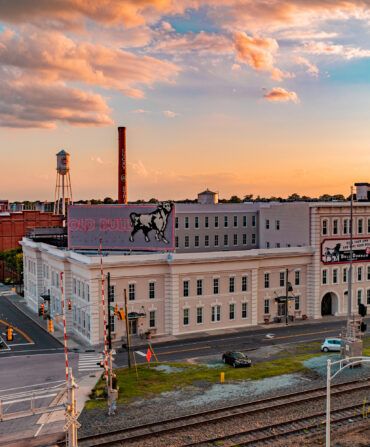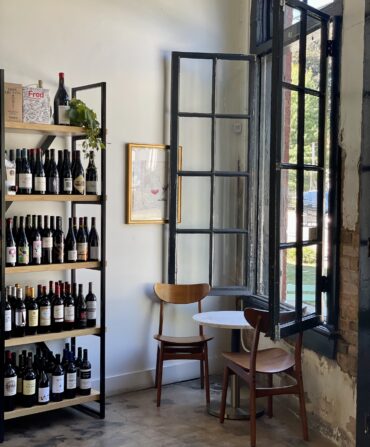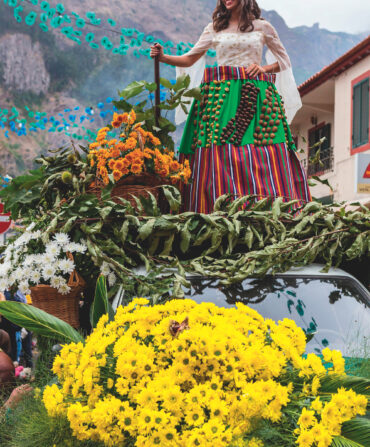Charlottesville, Virginia, has no shortage of options for a refreshing dip in the summer, from well-tended public pools to swimming holes tucked away in the surrounding hollows. But only one has been combining the best of both experiences for more than a century.

To get to the Blue Ridge Swim Club, you leave town a few miles behind, driving along a winding rural lane and a narrow gravel approach. After parking in a barely defined lot, you descend a steep hill to gain a first glimpse, through the poplars and walnuts, of a long wet rectangle measuring precisely ten by one hundred yards. The water is decidedly and naturally greenish, as it is fed without chlorination to the concrete-lined basin from a branch of Ivy Creek. In the deep end there’s a diving board where teens tend to gather, while swimmers of all ages splash about or float blissfully in tubes along the pool’s length as it tapers to wading depth. Royal-blue Adirondack chairs cluster in sunny patches of grass that gleam amid the dappled shade imposed by the surrounding border of towering trees and bamboo. Beyond the creek’s fern-lined edge is a large clearing punctuated by picnic tables, a firepit, and croquet hoops. The whole spread is quite rustic, tranquil, and markedly different from the crowded shriekfest of a typical pool.
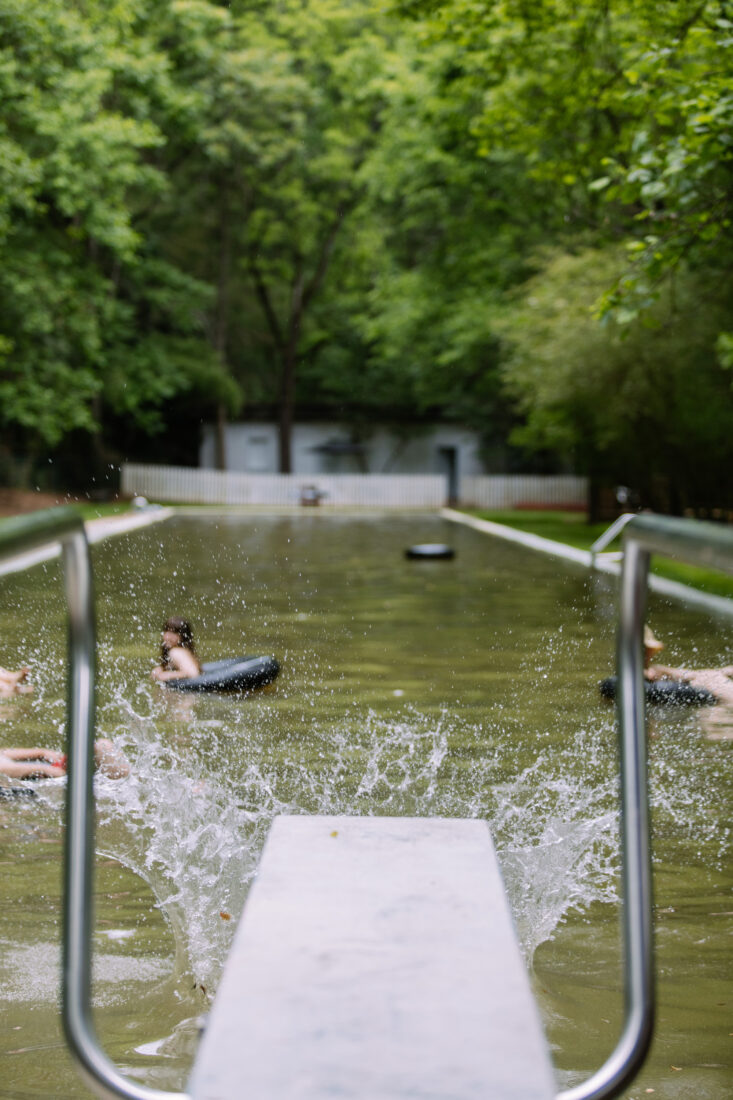
The scene has been much the same since 1913, when boys camp owner R. Warner Wood enlisted the aid of a Panama Canal engineer to construct the pool. (This makes it even older than Austin’s famous, spring-fed Barton Springs Pool, which gained its public infrastructure in the 1920s.) The pool changed hands twice before 1966, when club members acquired it in part to protect the site from suburban encroachment. In 2011, history came full circle when members sold the property to Todd Barnett as a summertime base for his Blue Ridge Field Camp. Now the pool serves those co-ed day campers while continuing to operate as a club open to new members. Even as its purpose evolves, the club holds onto special traditions, including the annual Grandmother’s Race that bestows an eighty-year-old, seashell-shaped trophy.
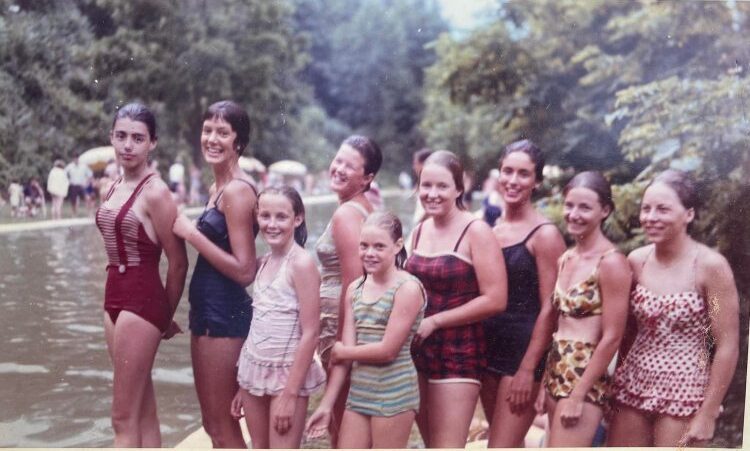
Despite the club’s long tenure and designation on the National Register of Historic Places, it’s not hard to find local residents who hold only a vague notion of the pool, or aren’t aware of it at all. “It does seem like somewhat of a secret, but the people who come here really regard it as special,” Barnett says. “These cold-water swimmers are just a breed of their own.”
Oh, yes, with 440,000 gallons of spring-fed water cycling through the pool every four to five days, that green water tends toward chilly, hovering around 70 degrees when the pool opens on Memorial Day weekend and warming to the upper 70s after a month or so. “By midsummer, it’s wonderful—that water feels great on a 95-degree day in July,” Barnett says. “Honestly, I just don’t know of any other pools like this one.”


